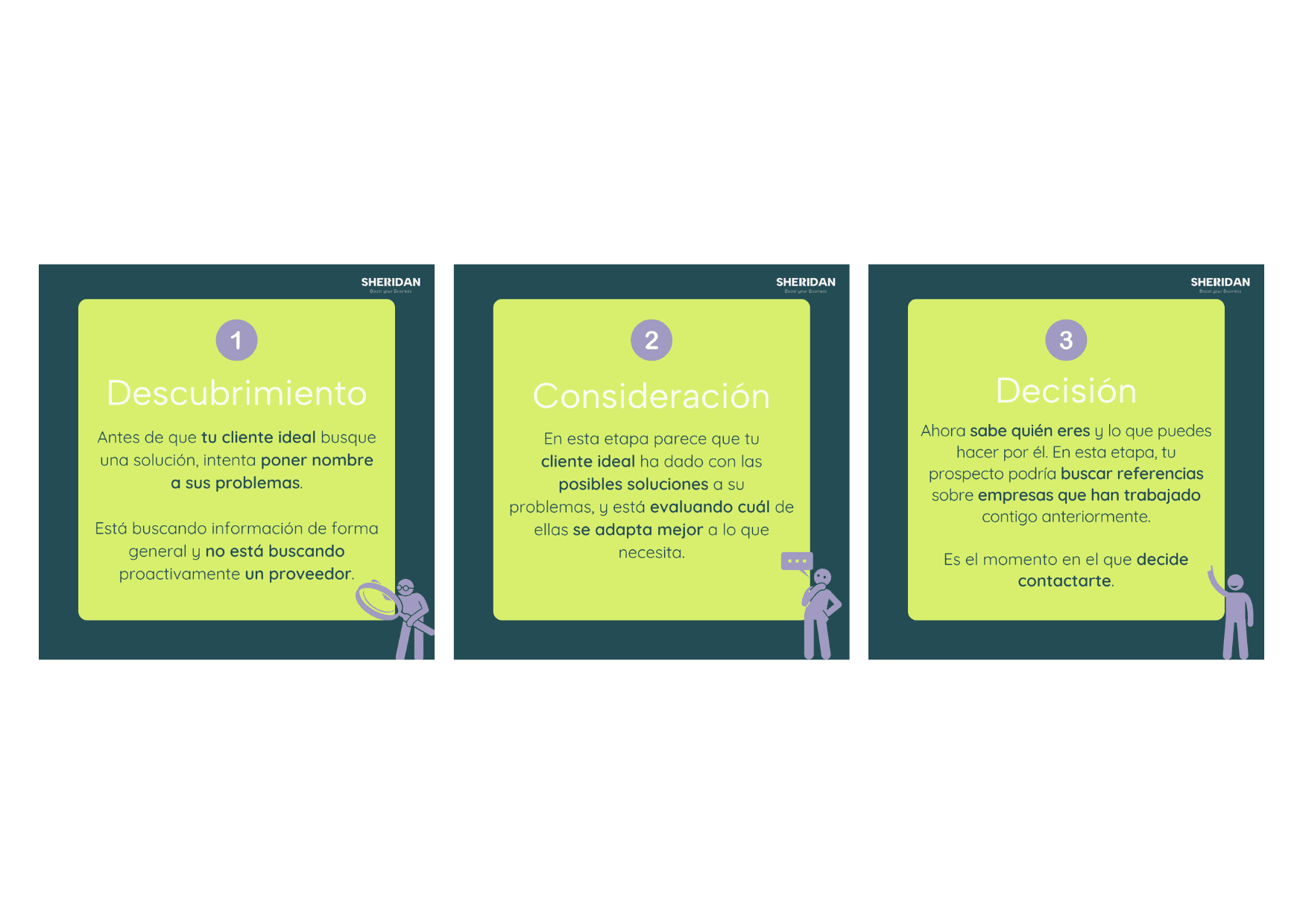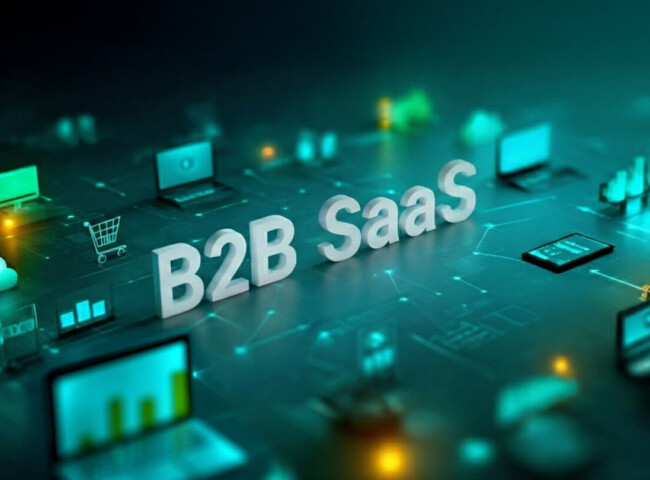Inbound Marketing for the Industrial Sector: recommendations

Inbound marketing for the industrial sector is characterized as a strategy to create relationships with your prospects and convert them into loyal customers.
This method enables marketing managers or sales managers to overcome market challenges; from shortening long sales cycles to achieving digital transformation. Companies in the industrial sector (B2B) face tough battles to remain competitive and add value.
Why should you already be executing this strategy for your company? Here are some reasons why the industrial sector should bet on this type of strategy:
It is a solid strategy, sustainable over time that helps to provide visibility and brand recognition.
- You don’t chase your prospects, prospects are interested in you and your solutions.
- After five months of consistent execution of the inbound marketing strategy, the average cost per lead drops 80% (Oracle).
- The cost of lead acquisition can be up to 60% lower with inbound marketing. It should be noted that this figure may vary depending on the product or service being offered.
- Competitors are investing in content. According to Statista46% of B2B companies plan to increase their investment in content marketing in the next 12 months.
- It is a solid strategy, sustainable over time that helps to provide visibility and brand recognition.
What you need to implement an industrial inbound strategy
In another article we talked about the needs and needs and limitations that may arise during a digital project, and this time we will talk about the assets you need to carry out this strategyOn this occasion we will talk about the assets you need to carry out this strategy:
- Human factor: specialists. It is the main asset to develop any action and we usually debate between these options: hiring an agency or in-house team. For an inbound strategy, you will need several profiles, depending on the depth and/or speed you want to give to the project. To set up a minimum team, you will need at least four people.
- Tools. In any digital project for the industrial sectorIt is essential that you are able to measure your results to be able to adapt your tactics to achieve your goals. In addition to Analytics, we recommend marketing automation tools such as HubSpot, Activecampaign or Adobe Cloud. These types of platforms allow you to centralize your data in a single platform. Don’t forget a tool that allows you to manage your projects, such as Click-Up or Asana.
- Defined budget or, at least, a range. Depending on your industry, objectives, phases (which we will talk about later) and the channels you want to work on, you will have to define a budget to measure ROI.
- Flexibility; ability to adapt to changes. The inbound methodology is not a static methodology. That is, as the behavior of our audience changes, you will have to modify or add new actions.
Start working on the buyer journey (buying process) of your ideal customer.
We assume that in the industrial sector, sales cycles are very long: they can range from 3 months to 2 years, or even longer when it comes to tenders or bids. It is important that you position your brandproducts and/or services as a reference in the market so that your ideal customer will consider you in their buying process.
How to achieve it? Through useful and relevant content at each stage. In general, it is usually content adapted to the sector you are targeting and segmented by profession or buyer persona.
Why is it important to share content at all stages of the buying process? Because the decision making process of your ideal client is not immediate. In fact, as the Rule of Seven in marketing indicates, a user will come to us after 7 times (consulting our offers, content, asking for references…) to make the decision to hire us. Through content you can help your ideal client to choose you as the best solution.
In summary, the stages of the buyer journey are as follows: discovery, consideration and decision.
- Discovery/Recognition: Before your ideal customer looks for a solution, identify the name to their problems, goals or challenges. They are looking for information in a general way and are not proactively looking for a supplier (they don’t want to buy yet). For example, imagine you are a renewable energy company. One of your prospects, a manufacturer of refrigeration equipment, is initially looking to reduce his plant’s energy consumption. This search can be done online (search engines like Google, social networks, digital magazines…) or offline (ask for references, colleagues, attend trade fairs…).
- Consideration: at this stage you seem to have found the solution to your objective, and you are evaluating which of them may best suit your needs. You have identified your needs and can even quantify them. To continue with the previous example, in this case he is looking for more information about industrial self-consumption and the companies that offer this service. Now we can say that our prospect is proactively looking for a supplier, he is closer to the purchase.
- Decision: At the beginning of the information search, your prospect did not know you. Now he knows who you are and what you can do for him. This is the moment when he decides to choose you as a solution. At this decision stage, your prospect could look for information about companies that have worked with you before, that use industrial self-consumption and that have managed to reduce their energy consumption.
In case you want to evaluate a customer’s process (called customer journey), you will have to add two more steps to this process: usage phase and assessment phase.

Inbound marketing strategies for the Industrial Sector
Inbound marketing for the industrial sector is a strategy in itself. What you can do is apply different tactics. Regardless of your activity, we are going to address the most frequent techniques we employ with our clients:
- Content plan. It is essential. Without it, there is no strategy. Even if you work in the business-to-business sector, don’t forget that behind every company there are people. It is important that within each piece of content you generate you manage to humanize the brand, as indicated by MarketingProfs. Also, within the content plan, consider different formats, not only blog articles. You can create infographics, guides, industry reports, case studies, podcasts, videos…
- Email marketing. A primary tool of our prospects is email. They use it daily and it is a means of communication that we can use. In this case, from experience we know that prospects can sometimes get saturated with the amount of emails they receive. Therefore, if you work on a newsletter, we recommend that it has a monthly or biweekly frequency, since this type of mailing should be complemented with other techniques such as lead nurturing.
- Paid campaigns. In general, we use them when we want to accelerate certain processes or when we are at a very early stage of inbound marketing. It is true that paid campaigns (such as SEM) do not work for all companies. Sometimes, the solutions offered are very niche or are not yet mature in the market, so your ideal customers do not perform searches in browsers. If you want to know whether or not there are searches for your products or services, consult with our specialists.
If you want to know more techniques that we could implement for your company, both online and offline, contact us.




